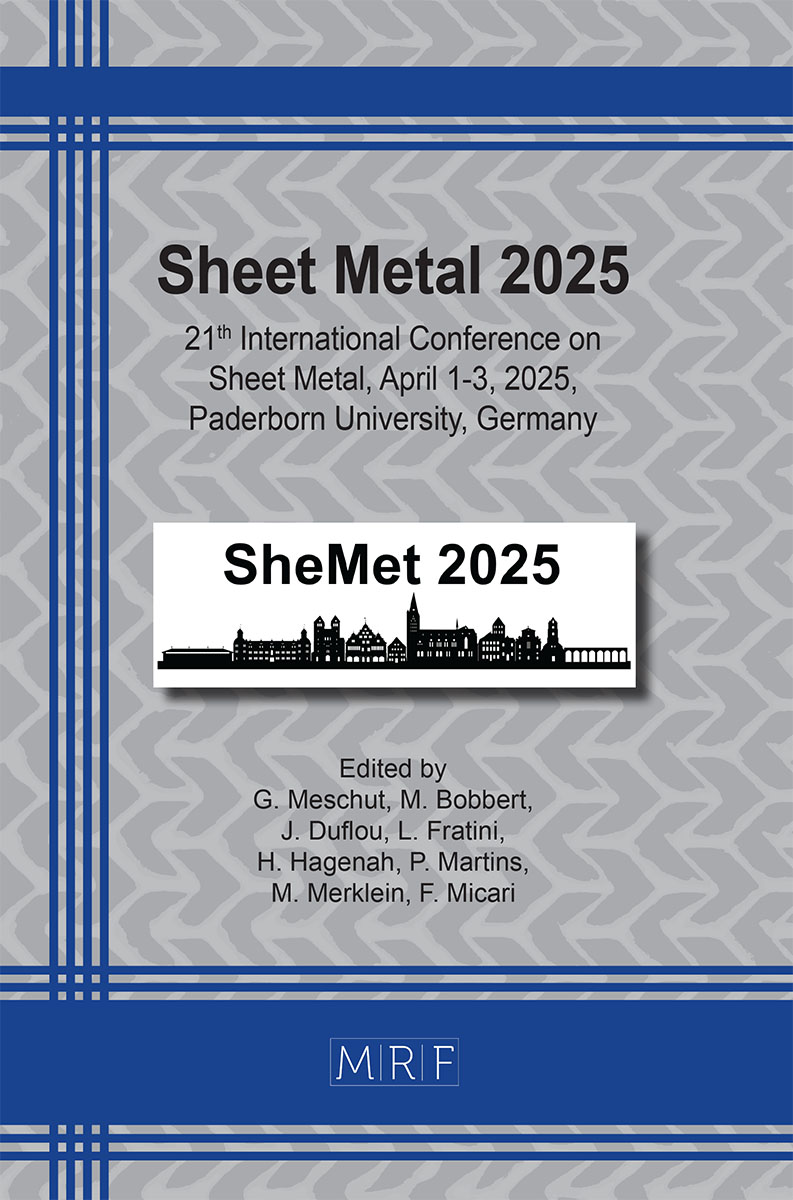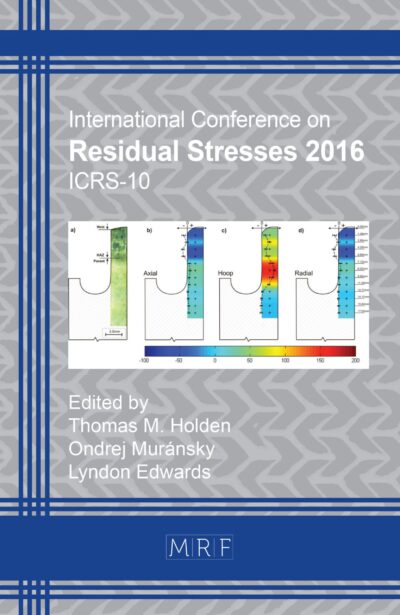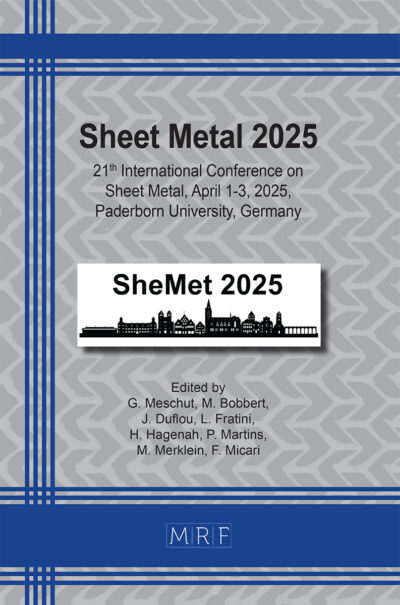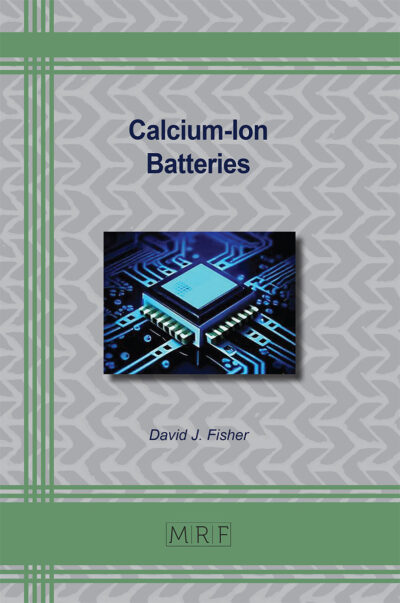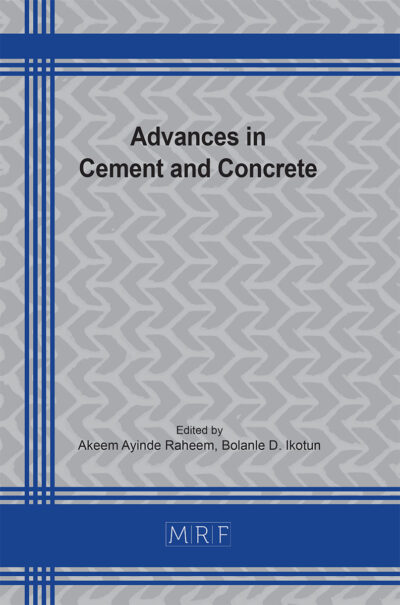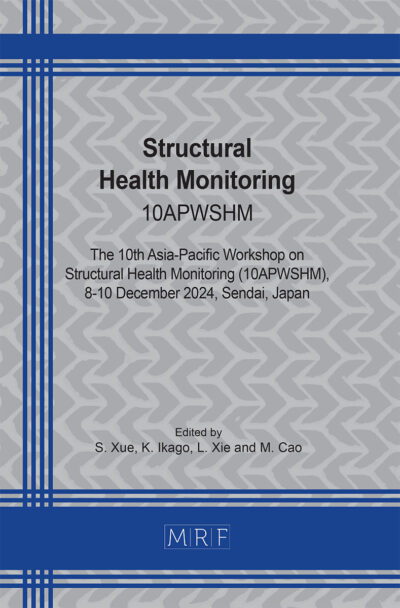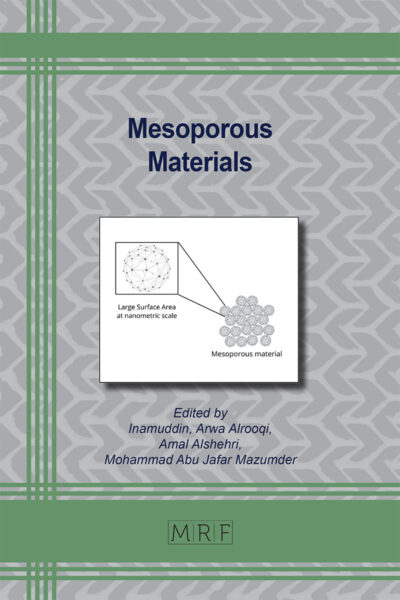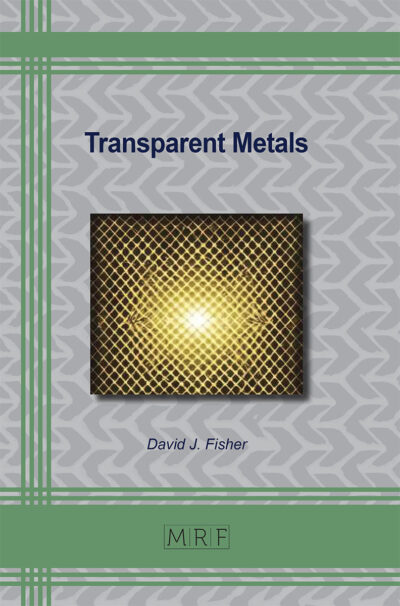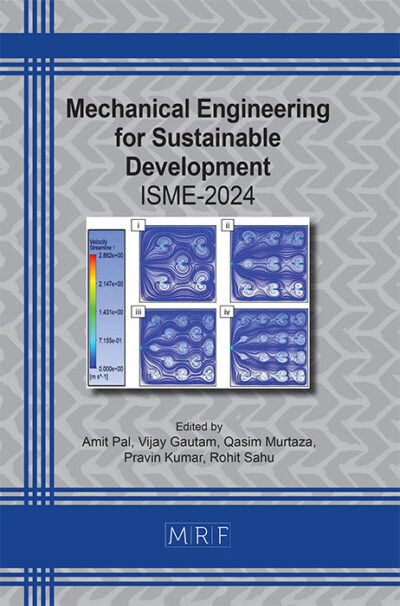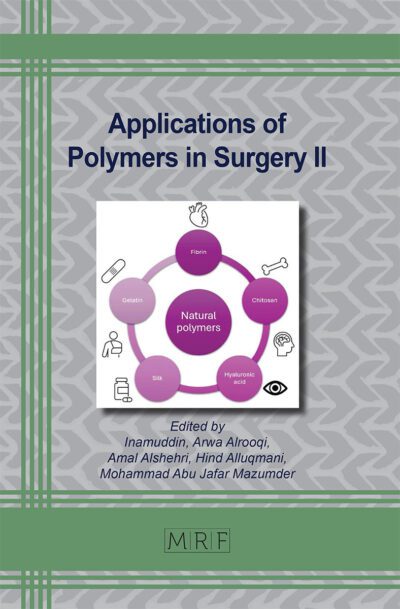Consideration of residual stresses and damage in the fracture mechanical investigation of mechanically joined structures
Deborah Weiß, Tobias Duffe, Tintu David Joy, Gunter Kullmer
Abstract. The process of joining is used in numerous sectors of the manufacturing industry, where constructions composed of individual components or metal sheets are combined to form complex structures. A straightforward and pervasive approach for joining materials of disparate natures and coated surfaces is clinching. During the clinching process, plastic deformation, residual stresses and damage are introduced into the joint. Due to time-varying service loads cracks can initiate and propagate in the vicinity of the joint which limits the lifetime of the clinched structure. In order to prevent those damage cases, it is crucial to perform fracture mechanical evaluation of cracks in the joint region. Therefore, this publication deals with the question of how plastic deformation, residual stresses and damage need to be considered for the assessment of a crack. For this purpose, simple substitute models are employed to illustrate the principles based on the clinching application example.
Keywords
Residual Stress, Damage, Fracture Mechanical Simulation
Published online 4/1/2025, 6 pages
Copyright © 2025 by the author(s)
Published under license by Materials Research Forum LLC., Millersville PA, USA
Citation: Deborah Weiß, Tobias Duffe, Tintu David Joy, Gunter Kullmer, Consideration of residual stresses and damage in the fracture mechanical investigation of mechanically joined structures, Materials Research Proceedings, Vol. 52, pp 228-233, 2025
DOI: https://doi.org/10.21741/9781644903551-28
The article was published as article 28 of the book Sheet Metal 2025
![]() Content from this work may be used under the terms of the Creative Commons Attribution 3.0 license. Any further distribution of this work must maintain attribution to the author(s) and the title of the work, journal citation and DOI.
Content from this work may be used under the terms of the Creative Commons Attribution 3.0 license. Any further distribution of this work must maintain attribution to the author(s) and the title of the work, journal citation and DOI.
References
[1] D. Geoffrey, Materials for Automobile Bodies, second ed., Butterworth-Heinemann Ltd, Oxford, 2012.
[2] DVS/EFB 3420, 2012: Merkblatt 3420: Clinchen – Überblick. Deutscher Verband für Schweißen und verwandte Verfahren e.V., Europäische Forschungsgesellschaft für Blechverarbeitung e.V.
[3] J. Gibmeier, R. Lin, M. Odén, B. Scholtes, Residual Stress Distributions around Clinched Joints, Materials Science Forum 404-407 (2002) 617-622. https://doi.org/10.4028/www.scientific.net/MSF.404-407.617
[4] Y. Abe, K. Mori, T. Kato, Joining of high strength steel and aluminium alloy sheets by mechanical clinching with dies for control of metal flow, Journal of Materials Processing Technology 212 (4) (2012) 884-889. https://doi.org/10.1016/j.jmatprotec.2011.11.015
[5] E. Roux, P.O. Bouchard, Kriging metamodel global optimization of clinching joining processes accounting for ductile damage. Journal of Materials Processing Technology 213 (7) (2013) 1038-1047. https://doi.org/10.1016/j.jmatprotec.2013.01.018
[6] J. Lemaitre, Local approach of fracture. Engineering Fracture Mechanics 25 (5-6) (1986) 523-537. https://doi.org/10.1016/0013-7944(86)90021-4
[7] H.A. Richard, M. Sander, Fatigue Crack Growth, Springer Verlag, Switzerland 2016. https://doi.org/10.1007/978-3-319-32534-7
[8] G.R. Irwin, Analysis of Stresses and Strains Near the End of a Crack Traversing a Plate, Journal of Applied Mechanics 24 (1957) 361-364. https://doi.org/10.1115/1.4011547
[9] E.F. Rybicki, M.F. Kanninen, A finite element calculation of stress intensity factors by a modified crack closure integral, Engineering Fracture Mechanics 9 (1977) 931-938. https://doi.org/10.1016/0013-7944(77)90013-3
[10] G. Kirsch, Die Theorie der Elastizität und die Bedürfnisse der Festigkeitslehre, Zentralblatt Verein Deutscher Ingenieure 42 (1898) 797-807.

